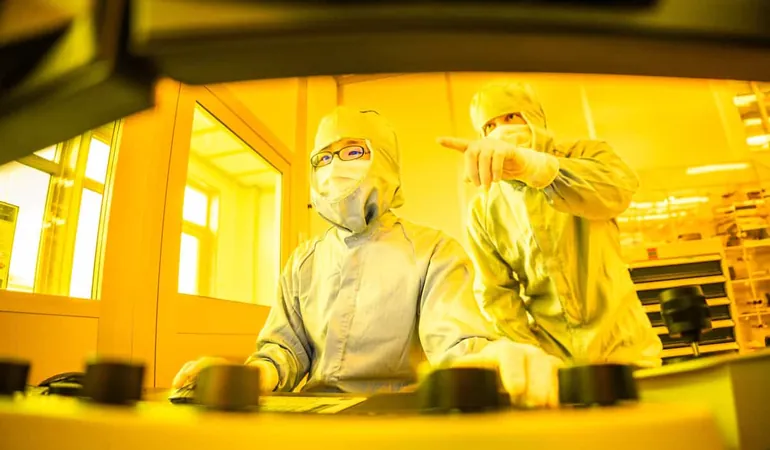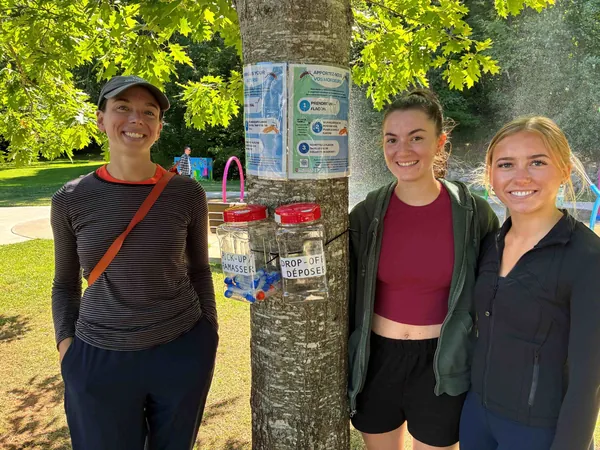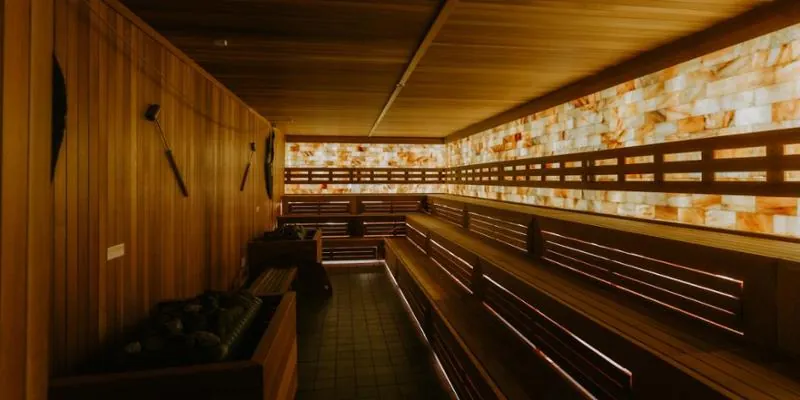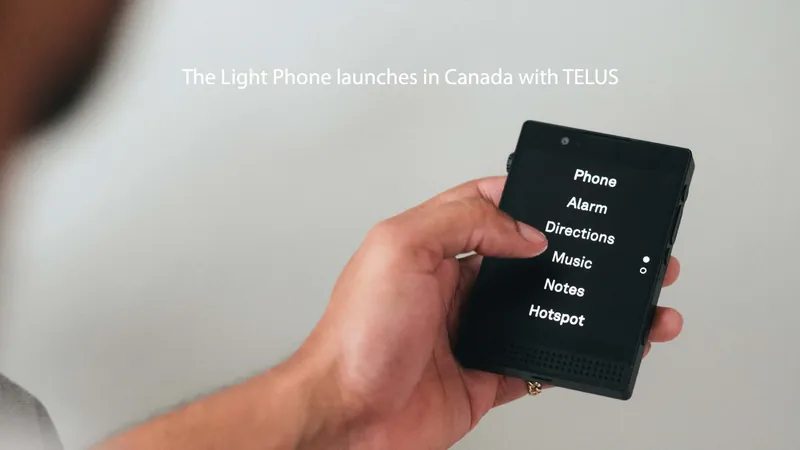
Revolutionizing Light Control: Breakthrough in Switchable Metasurfaces!
2025-07-08
Author: Noah
A Game-Changer in Optical Technology
In an exciting breakthrough, Swedish researchers have unveiled a method to enhance light control using advanced optical metasurfaces. Led by Magnus Jonsson at Linköping University, the team has demonstrated that these innovative surfaces can react significantly stronger when switched to a conducting state, thanks to strategic adjustments in nanostructure spacing.
Unlocking the Power of Metasurfaces
Metasurfaces, composed of meticulously arranged nanoantennae, are becoming essential in creating smart optical devices that can manipulate light in real-time. As Jonsson explains, each nanoantenna captures light in unique ways, allowing for unprecedented control over wavefronts and spectral signals.
The Science Behind the Switch
The researchers focused on using conducting polymers like PEDOT to create these antennae. By altering the oxidation state of PEDOT through a redox reaction, they can switch the material’s intrinsic permittivity, impacting how it interacts with electric fields generated by incoming light. This enables a dynamic adjustment to the optical characteristics.
The Quality Factor: A Key Indicator
One critical aspect of this technology is the "quality factor," which measures how sharply and durably a material resonates with light. A higher quality factor translates into a stronger and more defined interaction, essential for advanced optical functionalities.
Maximizing Plasmonic Responses
When in a metallic state, the surface of PEDOT can resonate with incoming light, enhancing electromagnetic fields and altering the light's characteristics significantly. However, switching to an insulating state dampens this effect, making it challenging to achieve a robust optical response.
Innovative Spacing for Enhanced Performance
Addressing this challenge, Jonsson's team discovered that optimizing the distance between PEDOT nanoantennae increases nonlocal coupling through coherent diffractive interactions. This arrangement fosters collective lattice resonances (CLRs), where entire arrays respond cohesively, dramatically amplifying the strength and sharpness of plasmonic responses.
A Leap Forward in Optical Applications
Their innovative approach achieved a tenfold increase in quality factor compared to previous methods, showcasing the potential for long-lasting and coherent plasmonic behavior. The nanoantennae can still be switched between states via redox reactions, enabling programmable optical behavior.
Future Prospects: From Infrared to Visible Spectrum
Currently demonstrated in mid-infrared wavelengths, the team aims to refine their process further to operate effectively in the visible spectrum. If successful, this could lead to revolutionary applications in areas such as holography, invisibility cloaking, and advanced biomedical imaging.
The Dawn of Smart Optical Metasurfaces
With their promising results, Jonsson and his colleagues believe they are paving the way for the next generation of smart optical metasurfaces—one that could dramatically enhance how we manipulate light in various high-tech fields.









 Brasil (PT)
Brasil (PT)
 Canada (EN)
Canada (EN)
 Chile (ES)
Chile (ES)
 Česko (CS)
Česko (CS)
 대한민국 (KO)
대한민국 (KO)
 España (ES)
España (ES)
 France (FR)
France (FR)
 Hong Kong (EN)
Hong Kong (EN)
 Italia (IT)
Italia (IT)
 日本 (JA)
日本 (JA)
 Magyarország (HU)
Magyarország (HU)
 Norge (NO)
Norge (NO)
 Polska (PL)
Polska (PL)
 Schweiz (DE)
Schweiz (DE)
 Singapore (EN)
Singapore (EN)
 Sverige (SV)
Sverige (SV)
 Suomi (FI)
Suomi (FI)
 Türkiye (TR)
Türkiye (TR)
 الإمارات العربية المتحدة (AR)
الإمارات العربية المتحدة (AR)